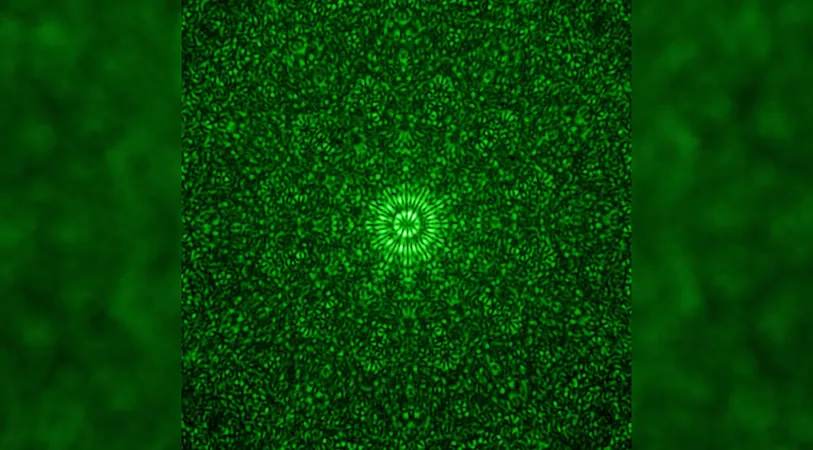
Revolutionary Tiny Hurricanes of Light Could Transform Data Transmission!
2024-11-11
Author: William
Researchers at Aalto University’s Department of Applied Physics have made a groundbreaking discovery that may reshape the future of data transmission: tiny hurricanes of light, scientifically referred to as vortices. As technology accelerates, the demand for higher information capacity is pressing researchers to explore innovative encoding methods. This team has found a way to harness these light vortices through the manipulation of metallic nanoparticles interacting with an electric field.
What Are Light Vortices?
Imagine a vortex in a beam of light akin to a hurricane—where a calm, dark center is enveloped by a bright ring. The calm area, much like the eye of a hurricane, occurs because the electric field of the light varies in different directions around the center. Historically, researchers have discovered that the symmetry of the structures producing these light vortices determines their characteristics. Simple geometries like squares create single vortices, while more complex shapes can generate multiple vortices.
However, Arjas, Taskinen, and their team have unveiled a method to craft geometric shapes that can support any type of vortex, showcasing a unique combination of order and randomness.
The Key to Their Success
To achieve their groundbreaking design, the research team manipulated a staggering 100,000 metallic nanoparticles—each just a fraction of the width of a human hair. The trick? Identifying the “dead spots” within the electric field where the interaction with particles is minimal. By placing nanoparticles in these areas, they managed to isolate and optimize the properties of the electric field.
This insightful strategy opens up vast possibilities for future studies in the burgeoning field of topological light research, which aims to enhance how information is encoded and transmitted through optical means.
A Bright Future for Data Transmission
The implications of this discovery are immense. If implemented, these light vortices could significantly increase the amount of information transmitted over optical fiber cables—potentially delivering eight to sixteen times more data than current technologies allow. Imagine the possibilities in telecommunications, cloud computing, and streaming services if such advancements become practical!
While the road to practical applications is complex and may take years of engineering, the Quantum Dynamics group at Aalto University is eager to continue pushing boundaries. Their ongoing research explores superconductivity and advancements in organic LEDs, ensuring a diverse portfolio of innovation.
With this astonishing discovery, we stand at the cusp of a data transmission revolution! Buckle up as the future of communication is set to soar to unprecedented heights!
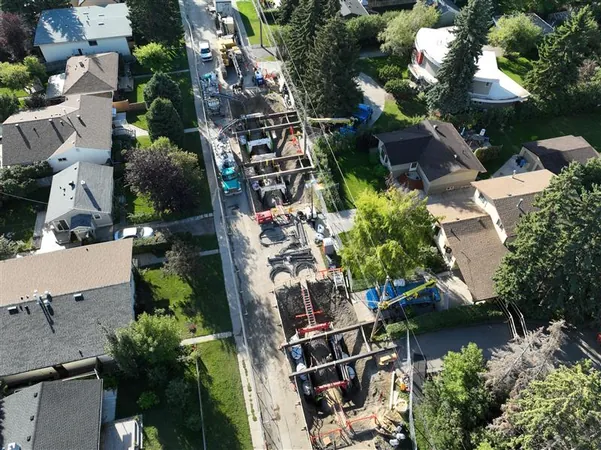




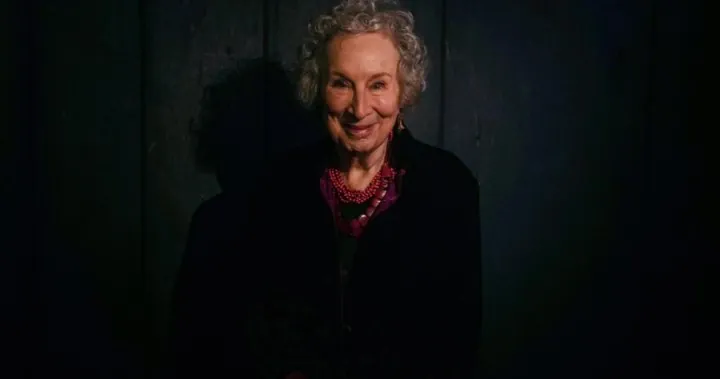

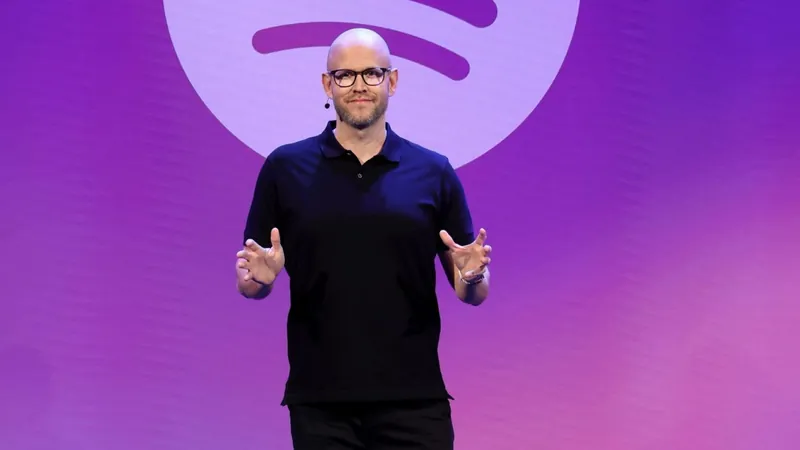
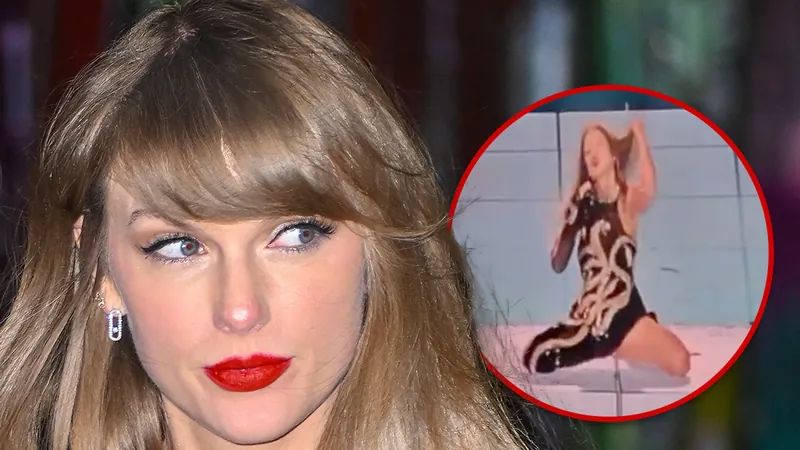
 Brasil (PT)
Brasil (PT)
 Canada (EN)
Canada (EN)
 Chile (ES)
Chile (ES)
 España (ES)
España (ES)
 France (FR)
France (FR)
 Hong Kong (EN)
Hong Kong (EN)
 Italia (IT)
Italia (IT)
 日本 (JA)
日本 (JA)
 Magyarország (HU)
Magyarország (HU)
 Norge (NO)
Norge (NO)
 Polska (PL)
Polska (PL)
 Schweiz (DE)
Schweiz (DE)
 Singapore (EN)
Singapore (EN)
 Sverige (SV)
Sverige (SV)
 Suomi (FI)
Suomi (FI)
 Türkiye (TR)
Türkiye (TR)